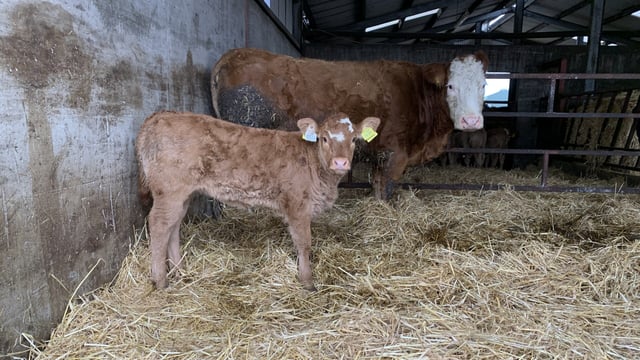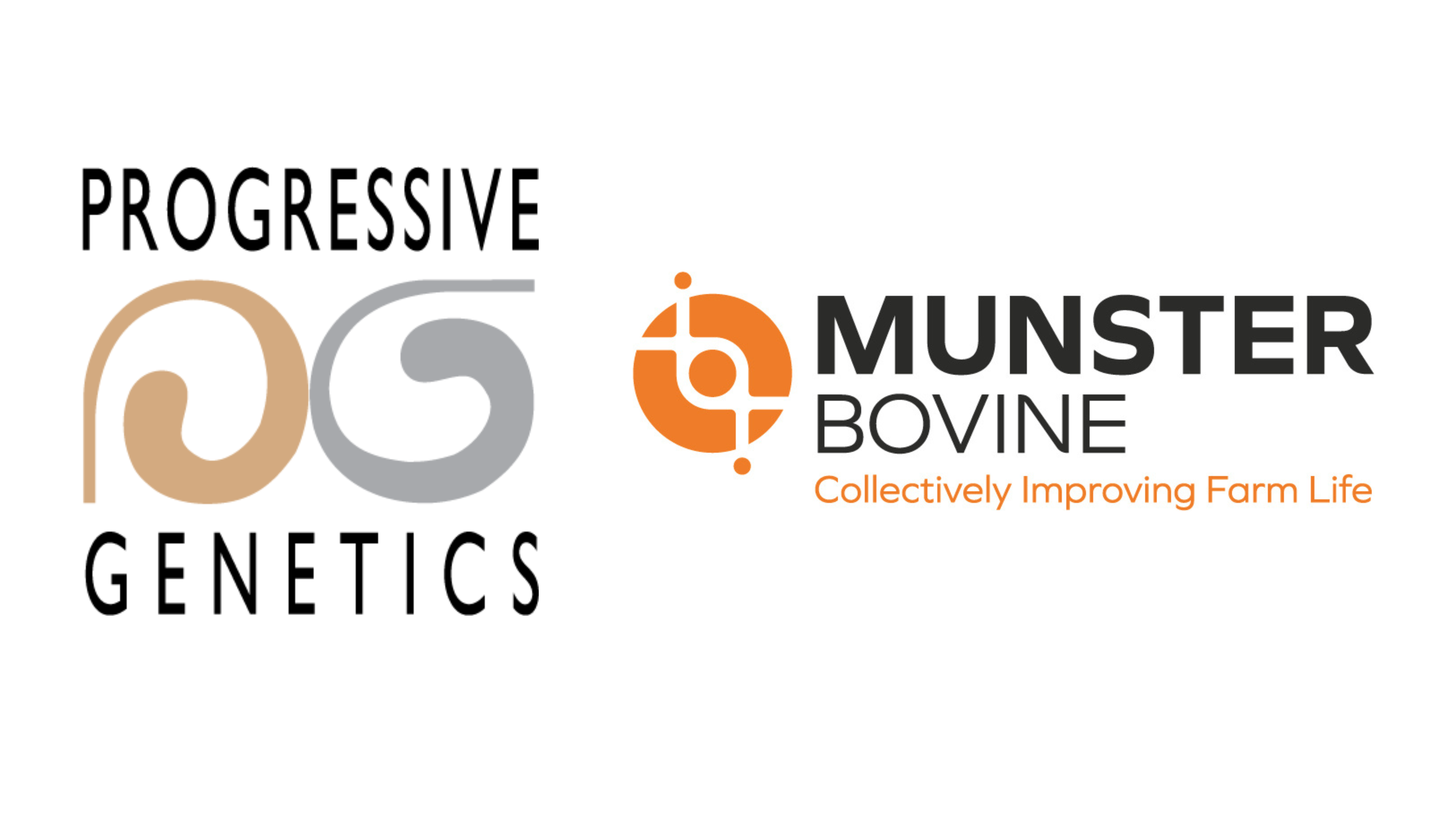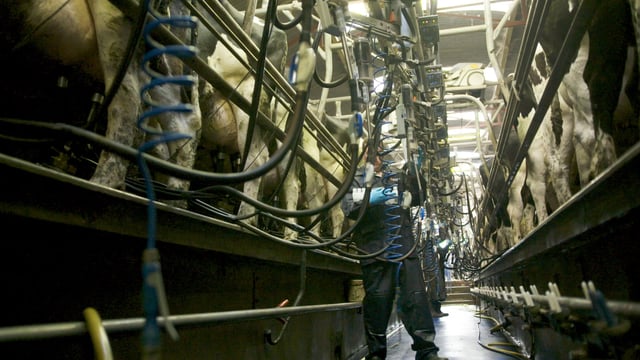Dairy advice: Achieving optimal rumen development
Rumen development is a key objective of calf rearing and was highlighted at an Animal Health Ireland (AHI) CalfCare event in Co. Laois last week.
CalfCare ’25 is a collaborative roadshow by Animal Health Ireland (AHI) and Teagasc’s DairyBeef 500 campaign, promoting calf health and good calf rearing practices.
John Comerford, who is milking 145 cows in Bushfield, Borris-in-Ossory, Co. Laois, was host of the event where his recent investment in a new build calf shed and Urban automatic calf feeders has been a "game-changer for calf rearing".
Volac's Liam Gannon talked about the investment Comerford made and said "even if you take out the automatic feeders in the shed, this shed is still set up for easy management, calf comfort and air flow".
Gannon highlighted to attendees that the rumen only accounts for 25% of the digestive tract when calves are first born, but, when it is fully developed, it makes up 70%.
At this stage, the rumen is not capable of digestive action and the calf depends on milk or milk replacer as a source of nutrition.
The rumen must be developed to become active and the transition phase should be between four weeks and eight weeks of life, when the rumen begins to take over as the main point of digestion.
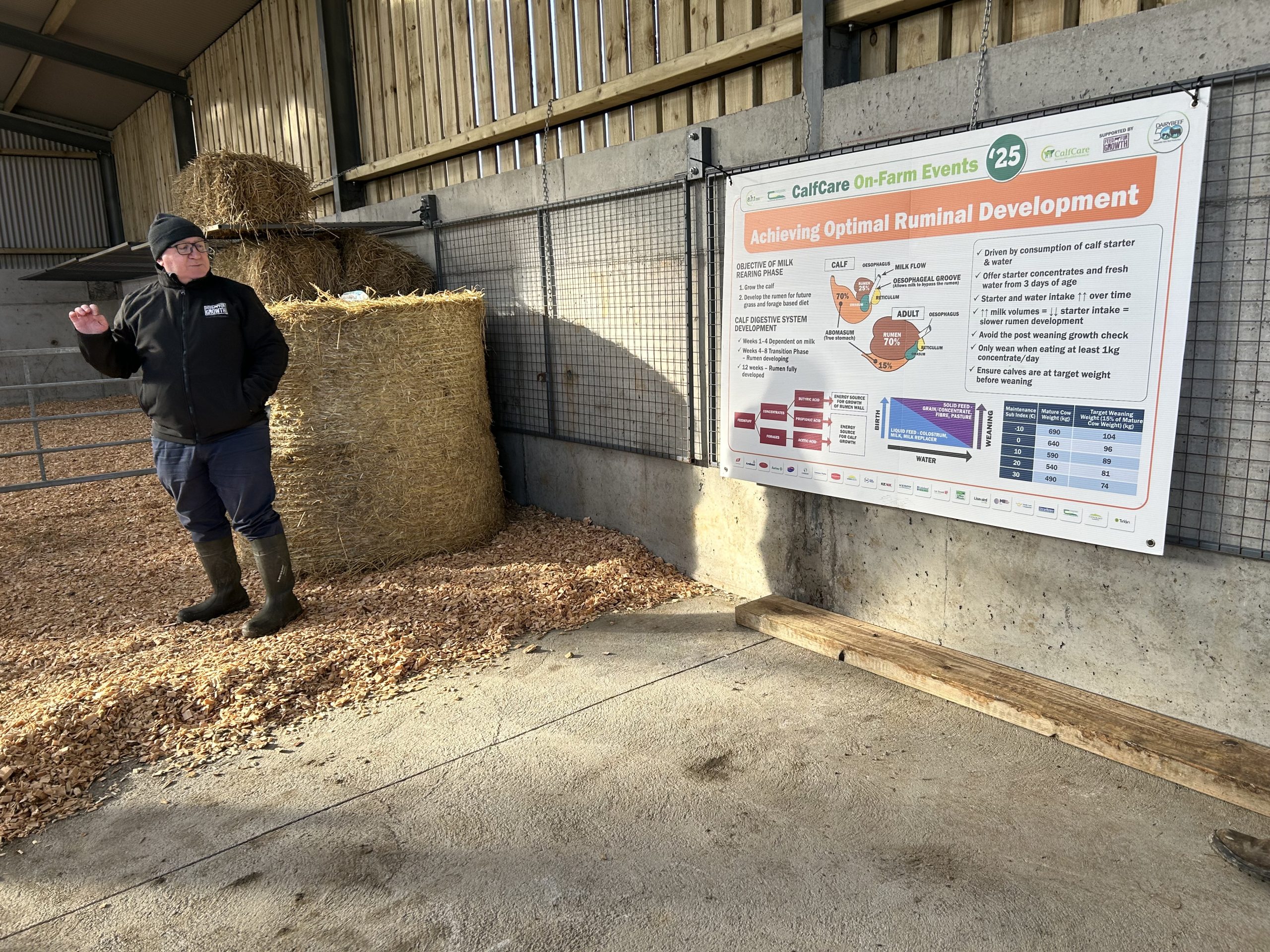
By week 12, the rumen should be fully developed and capable of eating and digesting a a diet similar to an older animal.
Gannon stressed that the two key ingredients to successful rumen development are concentrate feeding and water.
The early introduction of calf starter was highlighted to be key in prompting the development of bacteria in the rumen, as calf starter contains carbohydrates in the form of starch which is broken down to volatile fatty acids (VFAs) through bacterial fermentation.
Acetic and propionic acid are important sources of energy for calf growth, but it is the butyric acid that drives the development of the rumen as it used as the main energy source by the rumen wall cells.
VFAs in the rumen reduce the pH providing ideal conditions for bacteria to digest starch to produce more propionic and butyric acid to provide more energy for rumen development and growth.
This fresh calf starter should be made available from three days of age to start the rumen development process.
Comerford said that he would leave the calves on whole milk for two weeks while offering a bit of ration before they are moved down to the new calf shed where they will receive milk replacer through the automatic calf feeder.
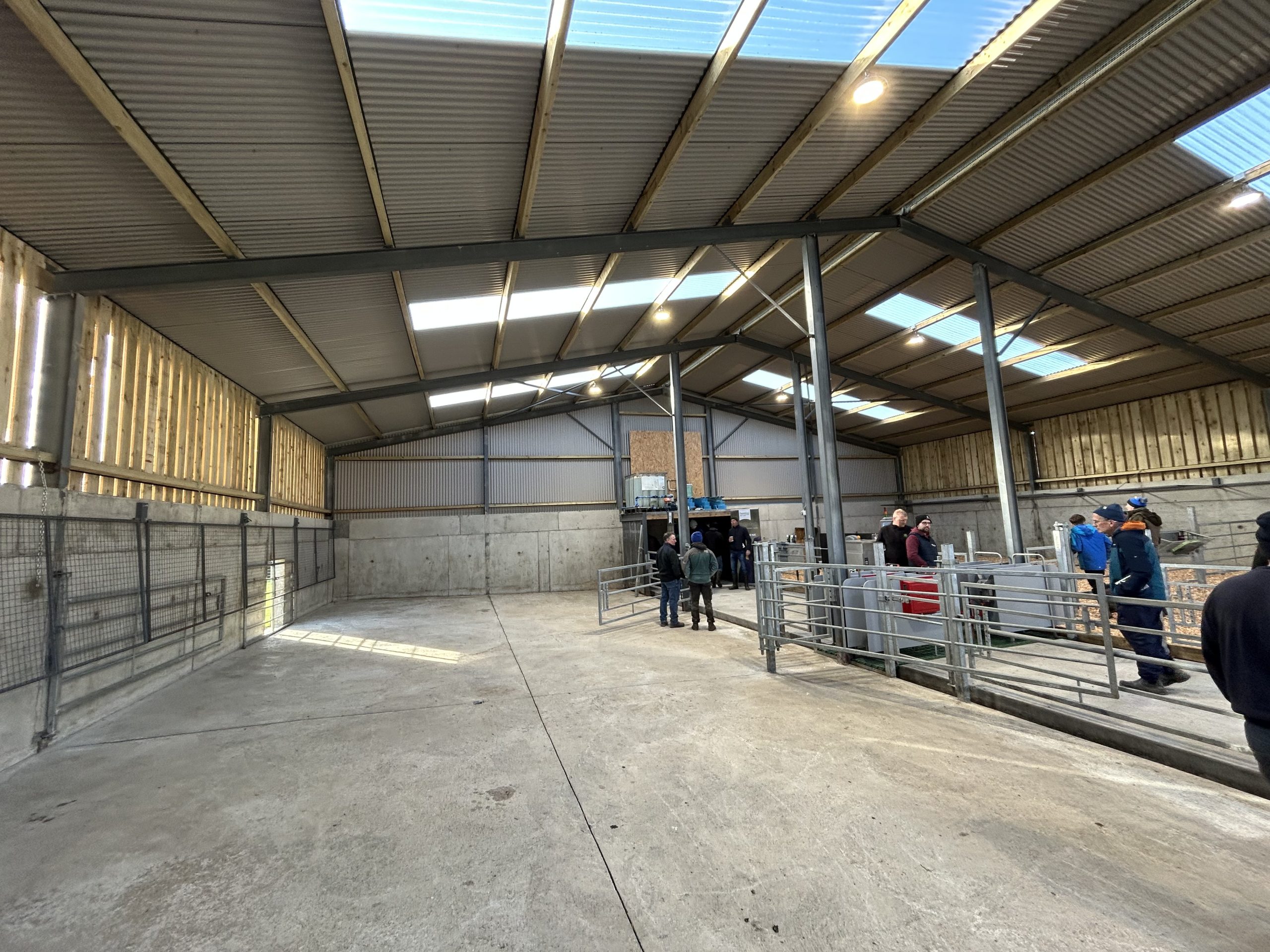
The farmer said: "I always have the racks full of straw to help with development and I've stopped feeding hay."
Gannon emphasised the importance of calves having access to fresh water at all times with numerous access points advisable for young calves.
Gannon said "often farmers think because the calves are getting milk that they are staying hydrated" but he said that calves need excess water of what is in milk or milk replacer.
Liquid in the rumen is also an essential element of bacterial production so having free access to water is important in the development of the rumen.
Gannon said that the water needs to be fresh and coming from clean pipes and available from three days of age.
Ensuring the calves have this access to water will increase their weight gain, help to promote the intake of starter concentrate and also aids in reducing the incidences of scours.
Gannon admired the dairy farmer for the job he did on his new calf shed and said that Comerford has "a pressurised system to fill the water troughs in the shed for the calves which is great".
Comerford commented "with the pressurised system, we haven't been getting cases of scour and we haven't had a calf with calf bloat either".


